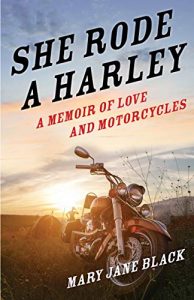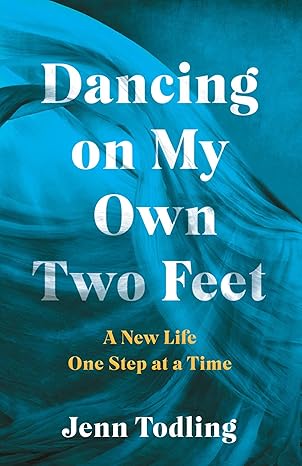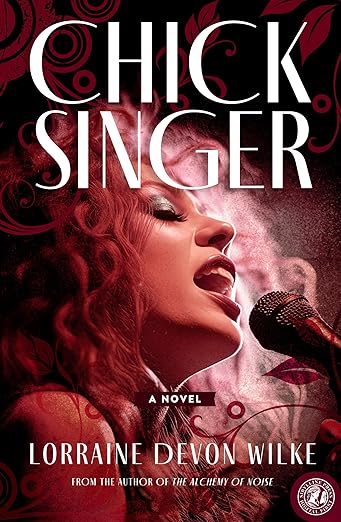Memoir Writing Tips
 I confess I’ve become a compulsive participant in memoir writing workshops. My first one was with Joyce Maynard in Guatemala in 2014, and my own memoir was born there under the volcanoes. Five years later, it will be published on October 1st. Listening to the authors sharing those drafts of memoirs in the writing circle taught me a lot as a writer sharing her own deeply personal story with the world.
I confess I’ve become a compulsive participant in memoir writing workshops. My first one was with Joyce Maynard in Guatemala in 2014, and my own memoir was born there under the volcanoes. Five years later, it will be published on October 1st. Listening to the authors sharing those drafts of memoirs in the writing circle taught me a lot as a writer sharing her own deeply personal story with the world.
The word memoir contains at its core memory, our observations and experiences of our own lives. However, too many times we forget we need to write the story of our memories in a way that engages a reader. There’s a difference between a personal journal where you’re allowed to write down everything that happened with your feelings and a memoir you want others to read and to link their experiences with yours. Think of the memorable memoirs you’ve read and how they impacted your life. If you don’t read memoirs, let that be your first lesson. You’ve got to read memoir to write memoir.
First remember your words will convey emotion without being emotional. Like a powerful photograph or an unforgettable movie scene, a look or a gesture can convey more than an explicit statement. At the point in my memoir when my husband receives a phone call from his doctor, I chose not to give the details of my feelings, but I shared a picture of the scene—a small movie moment. “He senses my movement and cups his hand over the phone. ‘I have cancer.’ A wave of dizziness washes over me. I step forward and clutch the edge of the truck door. The still warm metal burns into my palm.”
Next keep in mind that economy of language is important. Less is really more. My friend and mentor Joyce Maynard always says to write as if each word costs a dollar, and you’re on a tight budget. Use adjectives and adverbs cautiously. Vern Klinkenbeard warns us that our job as a writer is creating sentences. We should never forget that the tools of our trade is at the sentence level. When you’ve finished your memoir or at least a large part of it, start going through your draft sentence by sentence. Does each one tell your story? The last word or phrase of a sentence should stick with the reader. One way to feel the rhythm of your sentences is to read it aloud. I do it alone, listening for the beat of the sentences. I craft each paragraph to be a mix of long, complex sentences and short, active ones.
Finally, every memoir shares with its readers memories of the people in our lives. I always think of them like the title of the Clint Eastwood movie: the good, the bad, and the ugly. But I know I can’t use those words to paint a portrait of the characters in my story. One of the things I hear my sister memoir writers say repeatedly is, “What will my family think if I write about them?”
In most cases, it’s the negative people in our lives, the ones who damaged us emotionally, and maybe even physically, we consider most when we write. I don’t have any easy answers, but if you want to share with people an evocative memoir, you need to write an honest story. Readers can sense instantly when you’re hiding the truth, but the old adage ‘actions speak louder than words’ certainly applies here. Use language to paint a portrait of the people in your story with their actions and their words.
The title of my memoir is She Rode a Harley, and I needed to reveal who my husband Dwayne was, a man who got his first Harley at thirteen. I wrote about the time we bought our first Harley from a guy who stored it in his barn, and I showed Dwayne’s love of Harleys by letting the readers see him kneeling there on the dusty floor by the rusty motorcycle “laying a reverent hand on the inverted pyramid of the motor.”
One of my first readers said she felt like she lost her best friend when Dwayne loses his battle with pancreatic cancer at the end of my story. You want readers to feel like that about someone you love in your story.
However, using actions to affect how readers feel about someone is especially true for the villains in our story. You need to show them the actions, what the person does to make themselves so unlikeable. Too many times I read memoirs where the writer describes the horrible things the person does, but I argue it’s much more effective to show me as a reader what he does.
Let me have my own opinions. It will be difficult to step back from your feelings and let the reader judge your bad character, your scoundrel. Present them as they are in reality. My first husband over the twenty-three years we were married subjected me to emotional and occasionally physical abuse.
Rather than tell you about everything he may have said or done, my first scene in my memoir is me standing at the kitchen sink, knowing I was going to escape in a U-Haul when he left for work, and he jerks my arm out of the soapy water and grips it until it goesnumb. Then he bangs my hand against the cabinet and tells me to wipe up the water before walking away. You, as a reader, decide who he is as person in my story.
Writing your story will be emotional and cathartic at times, but the reader will benefit from your story being written in an unsentimental but powerful way. They’ll consider it one of their favorite memoirs because they found themselves in your pages.
—
MARY JANE BLACK: studied English and journalism as an undergrad, and went on to pursue a master’s in English with a concentration on creative writing. Teaching writing and literature at the high school level for fourteen years, she nurtured her students’ voices as she hid her own. After long days of teaching, she would spend sleepless nights scribbling stories in tattered notebooks found in her classroom and writing short poems in the margins of her desk calendar.
Her first memoir She Rode A Harley was published by She Writes Press on October 1, 2019. Excerpts from it have been published in Shark Reef Journal and Oxford American Magazine. She now lives in Austin, where she is a literacy specialist for the State of Texas. Visit her a
SHE RODE A HARLEY
 A schoolteacher escapes an abusive marriage and finds love on a blind date. Mary Jane’s new man, sure that riding a Harley will restore her confidence, ends up following the white lines with her through fifteen years of marriage.
A schoolteacher escapes an abusive marriage and finds love on a blind date. Mary Jane’s new man, sure that riding a Harley will restore her confidence, ends up following the white lines with her through fifteen years of marriage.
Traveling together, they learn to be partners, both on and off the road, until Dwayne is diagnosed with cancer.
After losing her husband, Mary Jane once again must learn to live on her own—but she’ll never be the same again.
Category: Contemporary Women Writers, How To and Tips




























